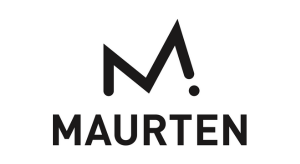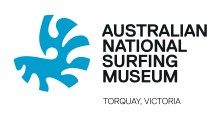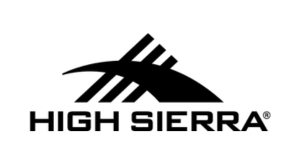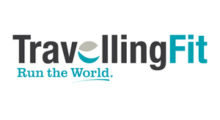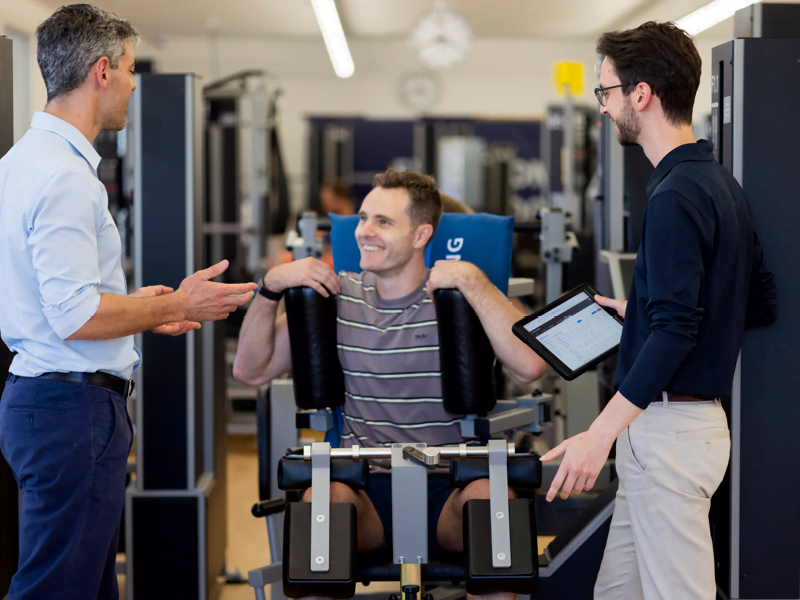
The 5 Most Important Muscles for Running
Written by Kieser Exercise Scientist, James Bird
Running uses lots of muscles, but which ones are most important?
Firstly, let’s establish why your muscles are so crucial in running. When you run, 3-8x your body weight is absorbed by your bones, your joints and your muscles which makes it crucial to keep them strong. The fact is that athletes who strength train are 50% less likely to experience injuries than those who don’t strength train.
- Quadricep Muscles
The quadricep muscles aren’t far behind the calves. The Quadriceps help straighten your leg and lift your knee making them one of the major contributors to acceleration in your body mass centre during running. - Gluteal Muscles
Your gluteal muscles play a few important roles. Your large glute muscles help propulsion when you run and also stop you from compressing where your foot hits the ground. The smaller glute muscles help with your lateral stability stopping you from swaying from side to side and wasting that much needed energy making your run more efficient. - Hamstring Muscles
The hamstring muscles help slow down the leg to prepare for ground contact as well as keeping the knee bent to stop the leg from collapsing. - Calf Muscles
The calf muscles are the most important muscles in the propulsion phase of running. If you can only one strengthening exercise, calf raises are the one to do. Remember, calves are king! - Abdominal Muscles
The abdominals are important to keep you stable and ensure the power that your legs generate is not lost by compensatory movements.
Strength training is an underrated part of training for any runner. So make sure if you sign up for this year’s Kieser Great Ocean Road Running Festival you sign up for a running assessment with a Kieser Physio. If you’re already signed up for the Kieser Great Ocean Road Running Festival, then you can book in one for free!









